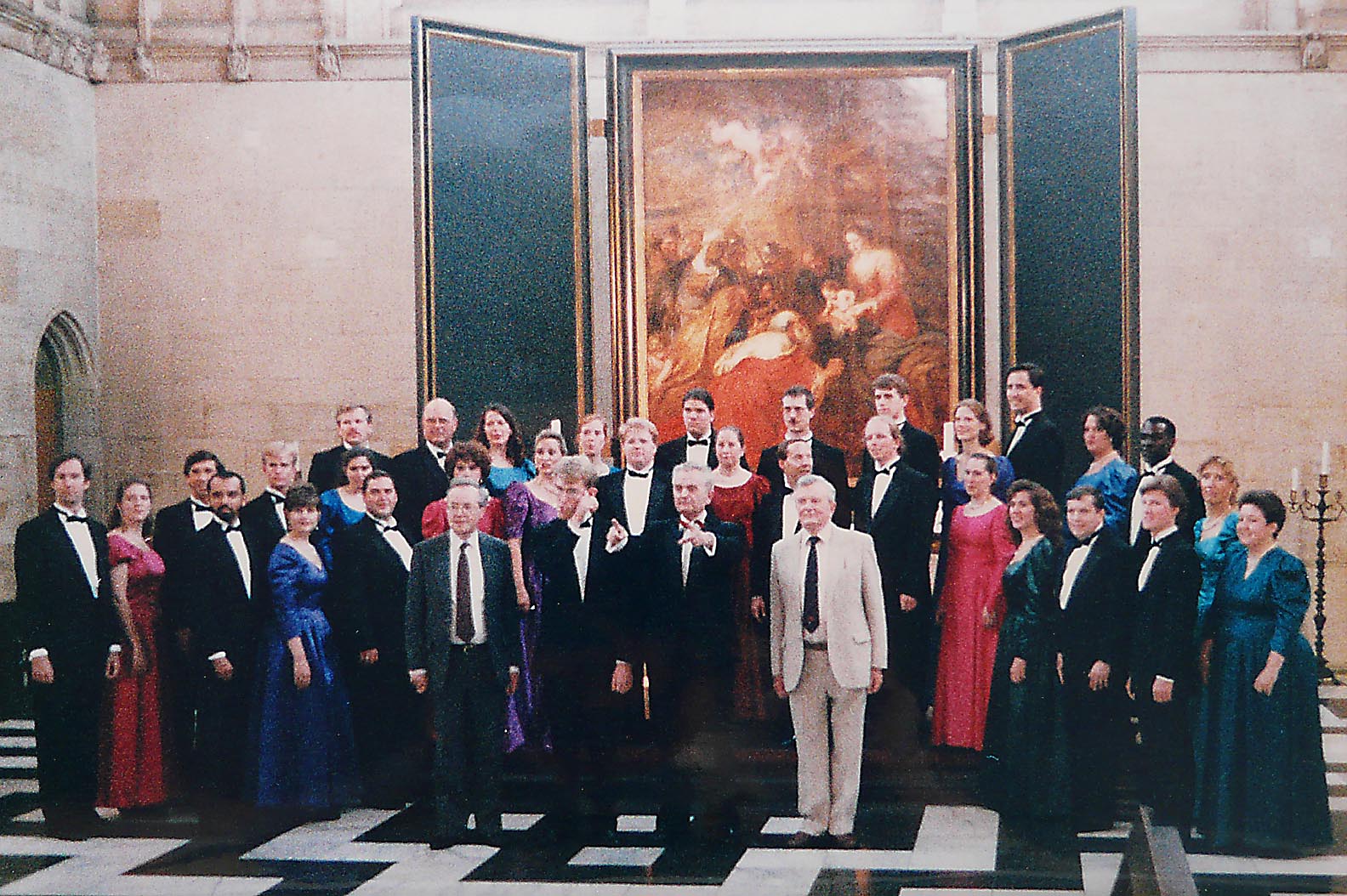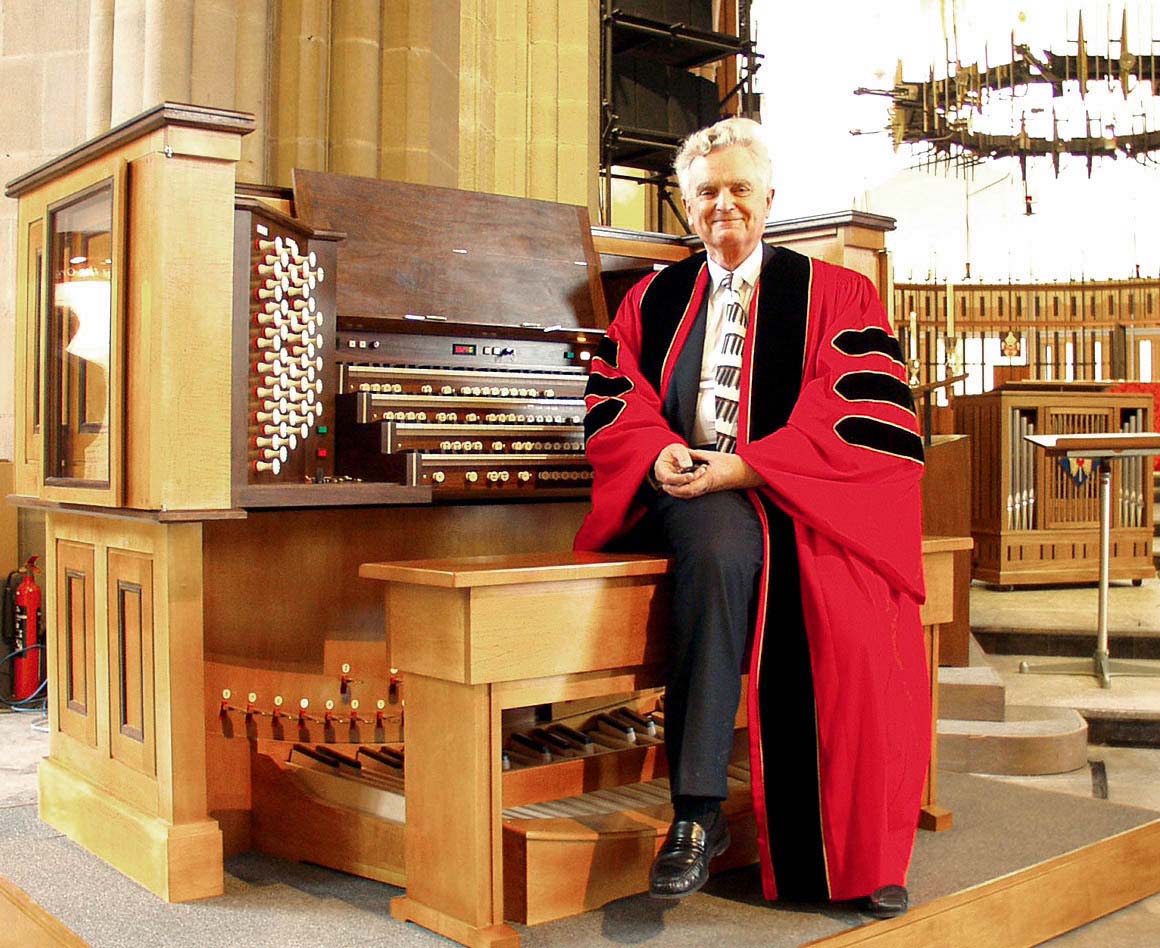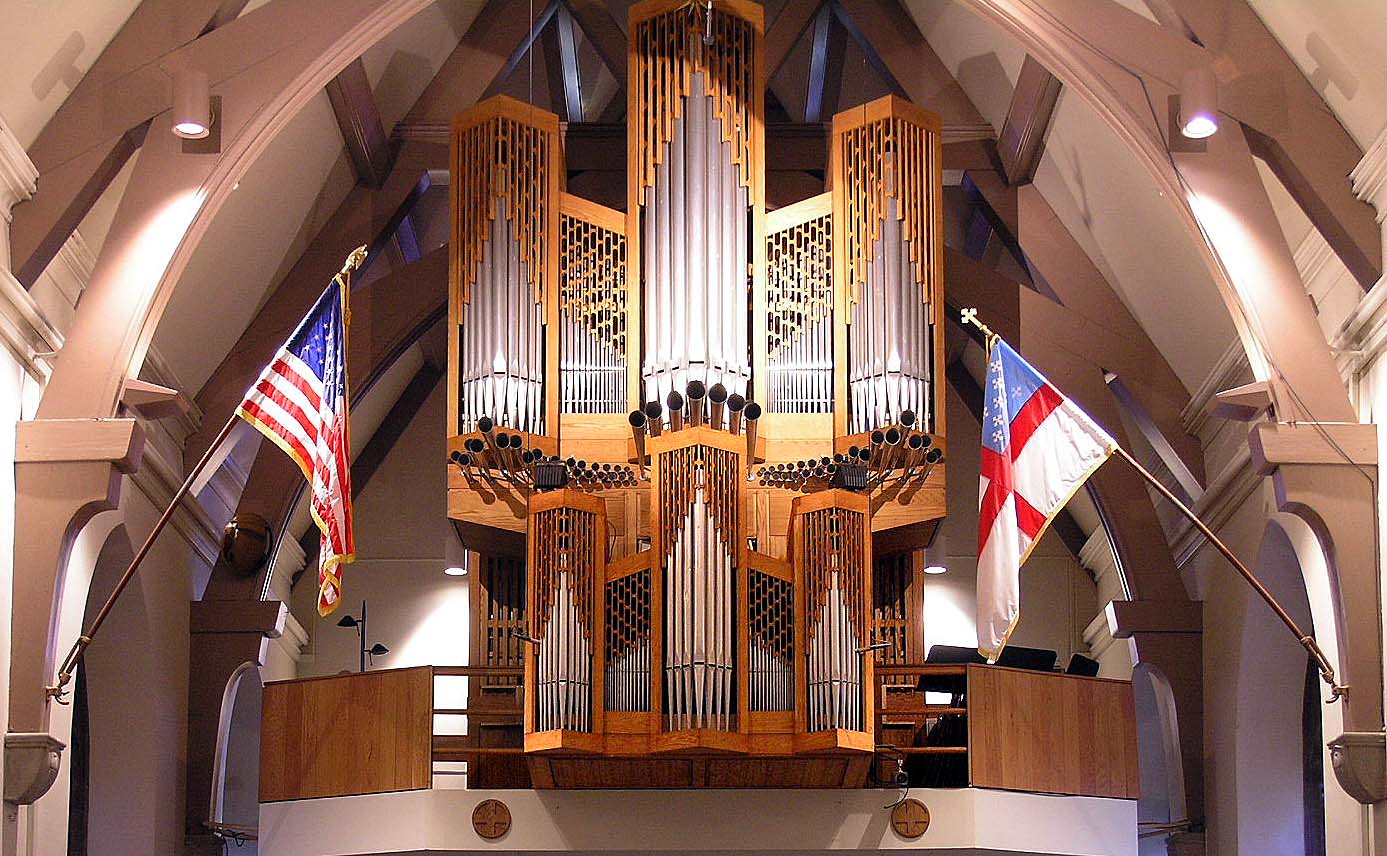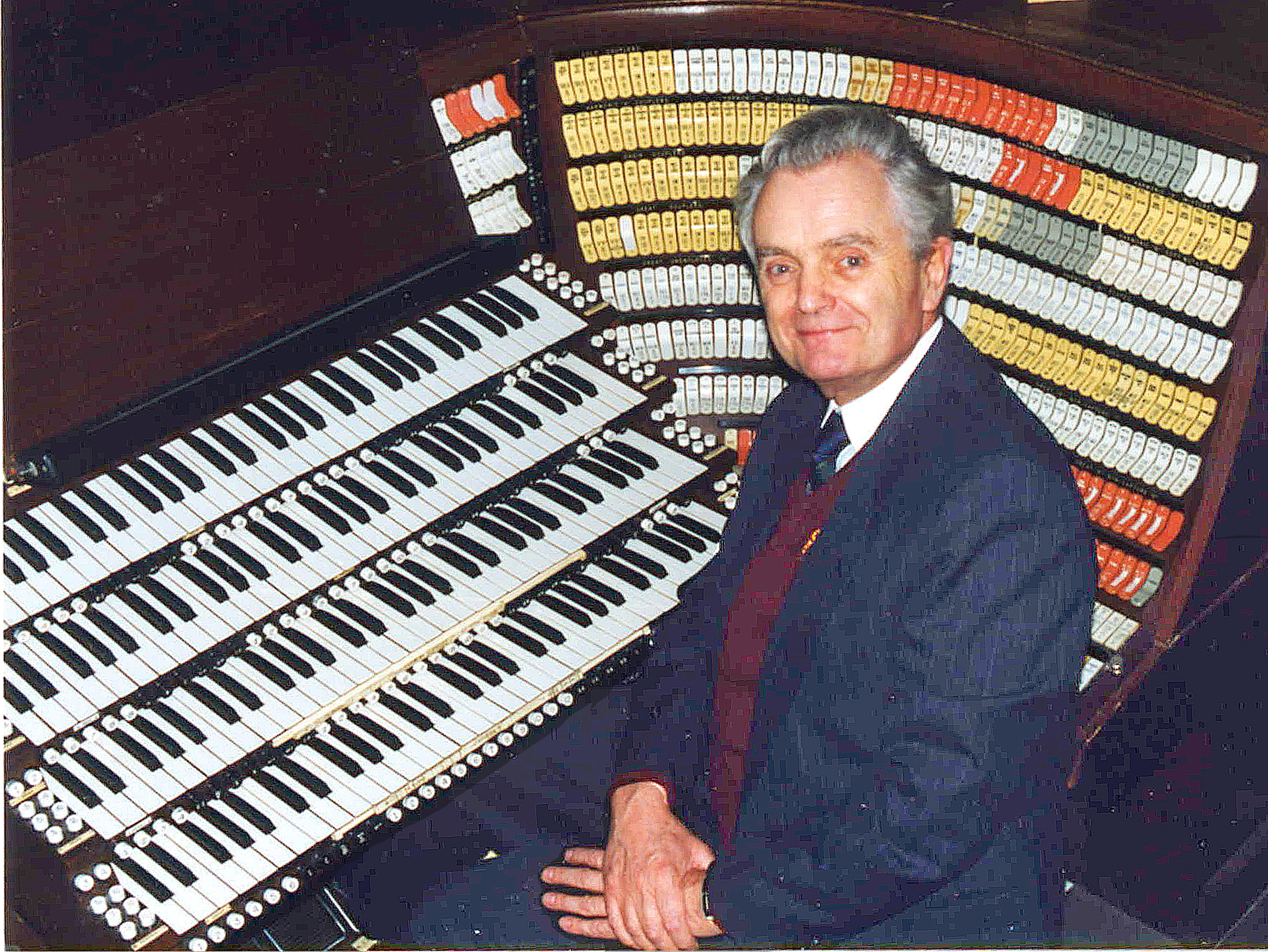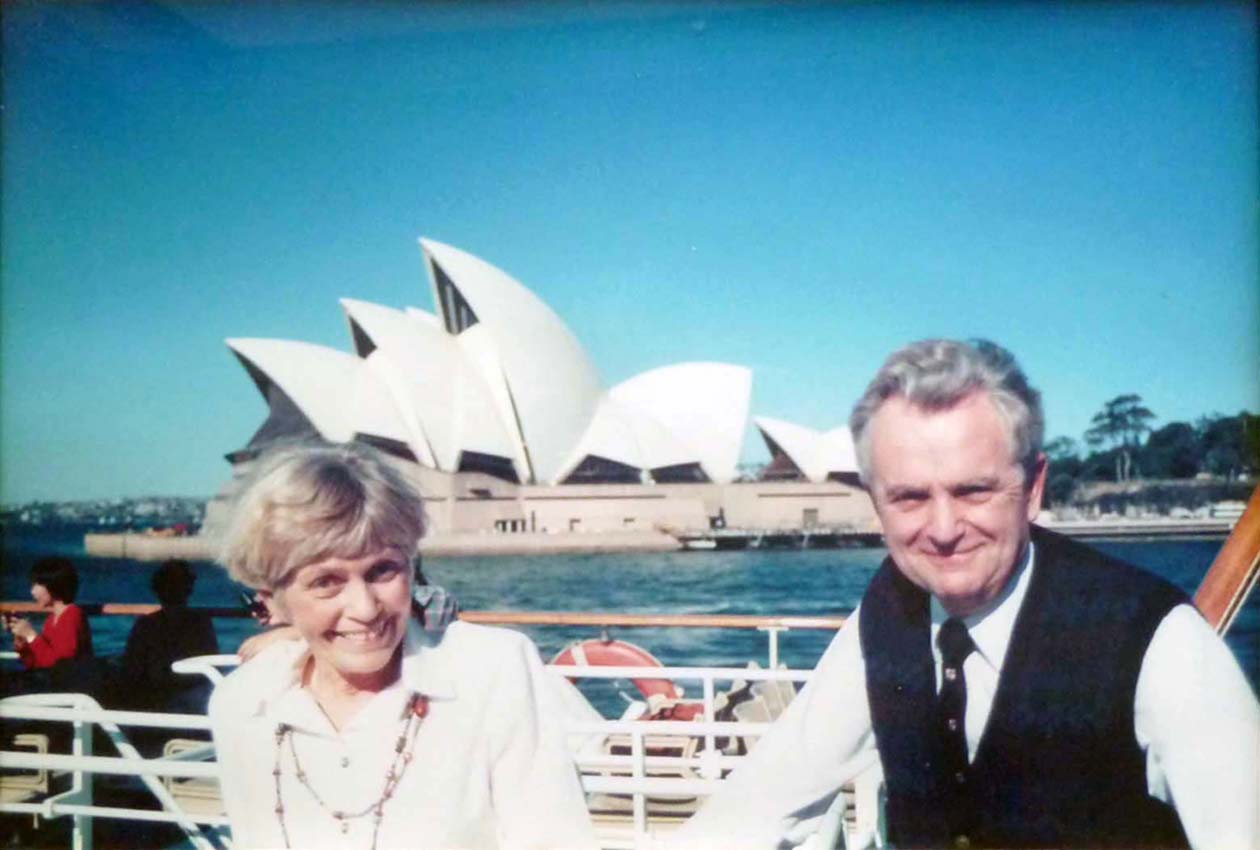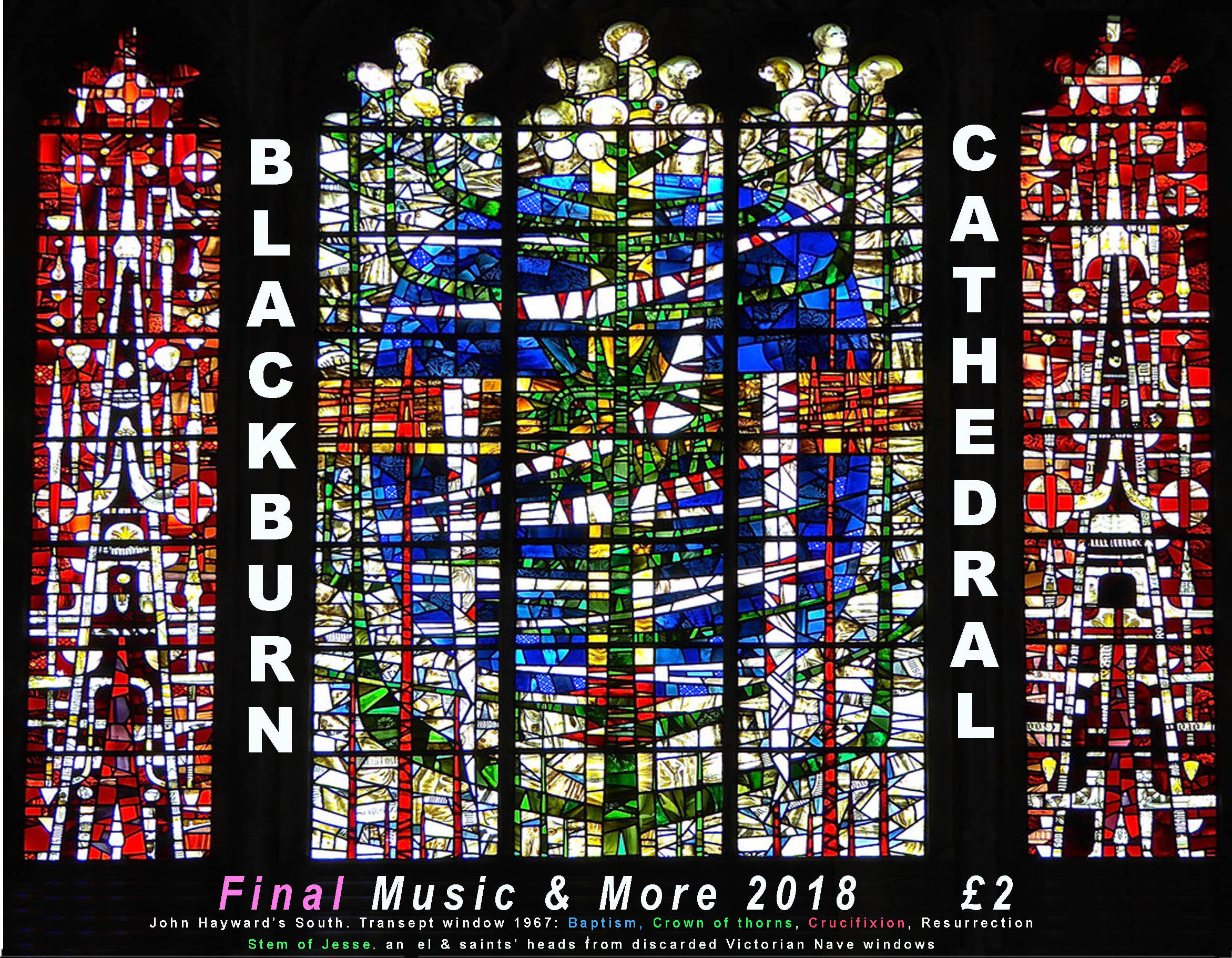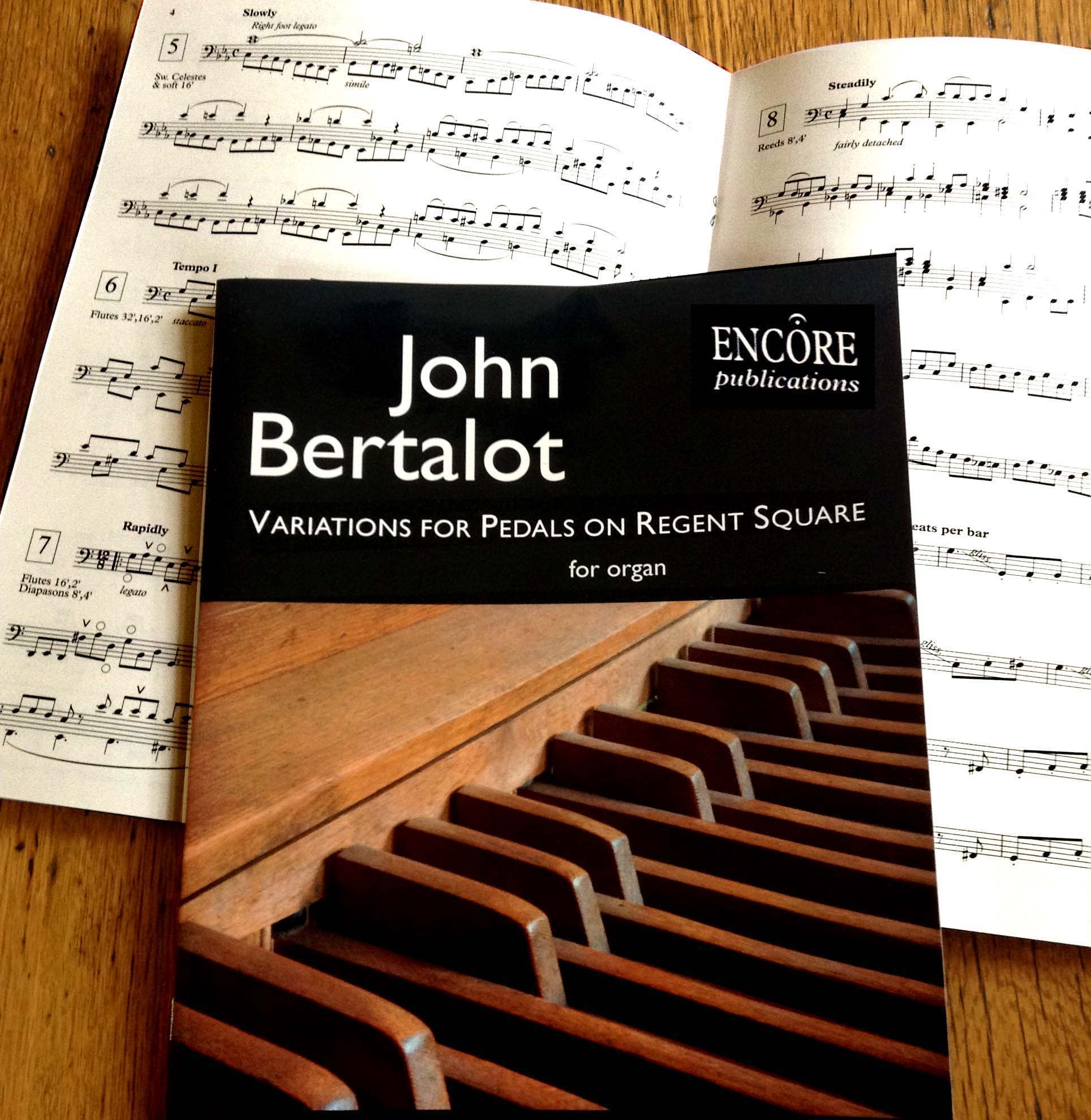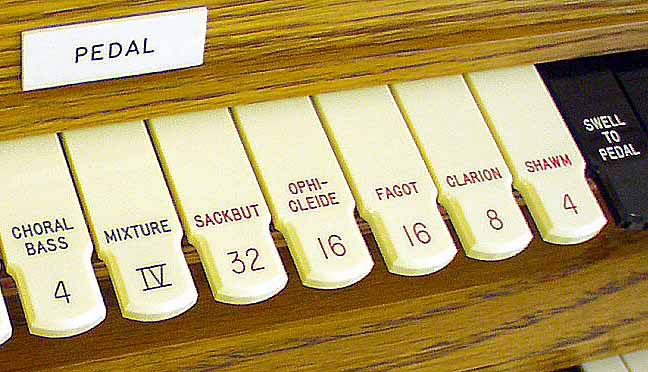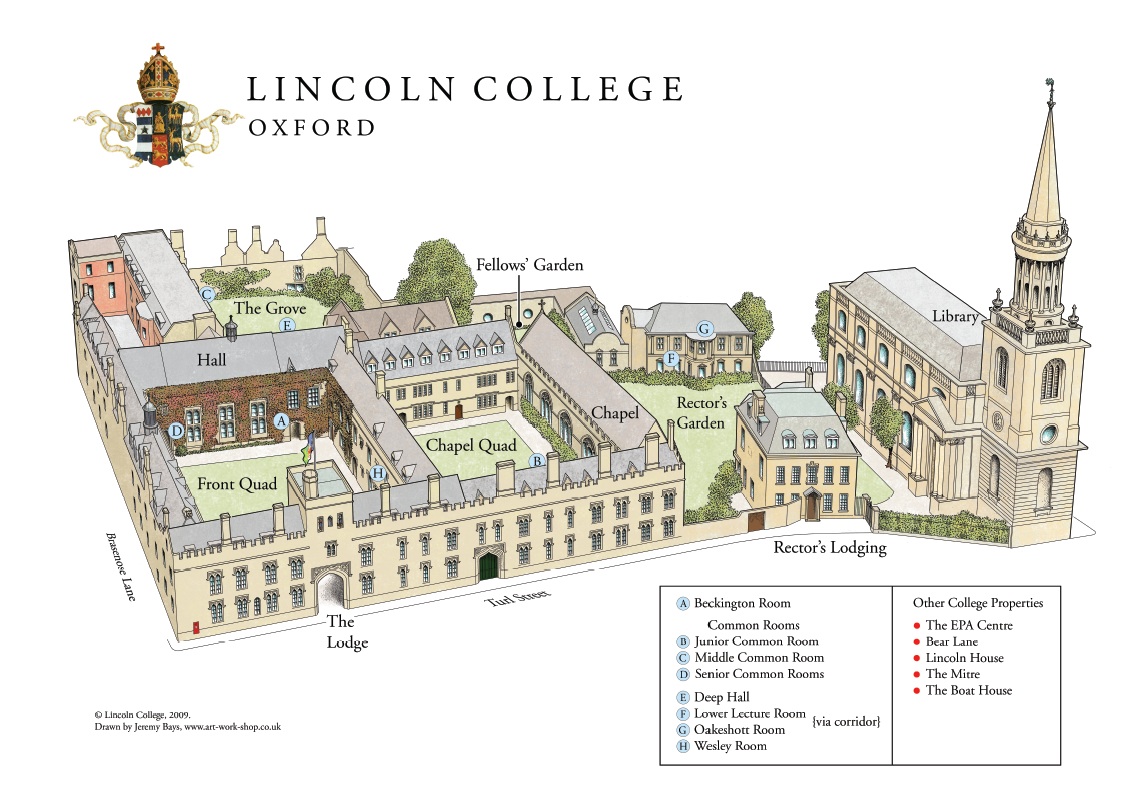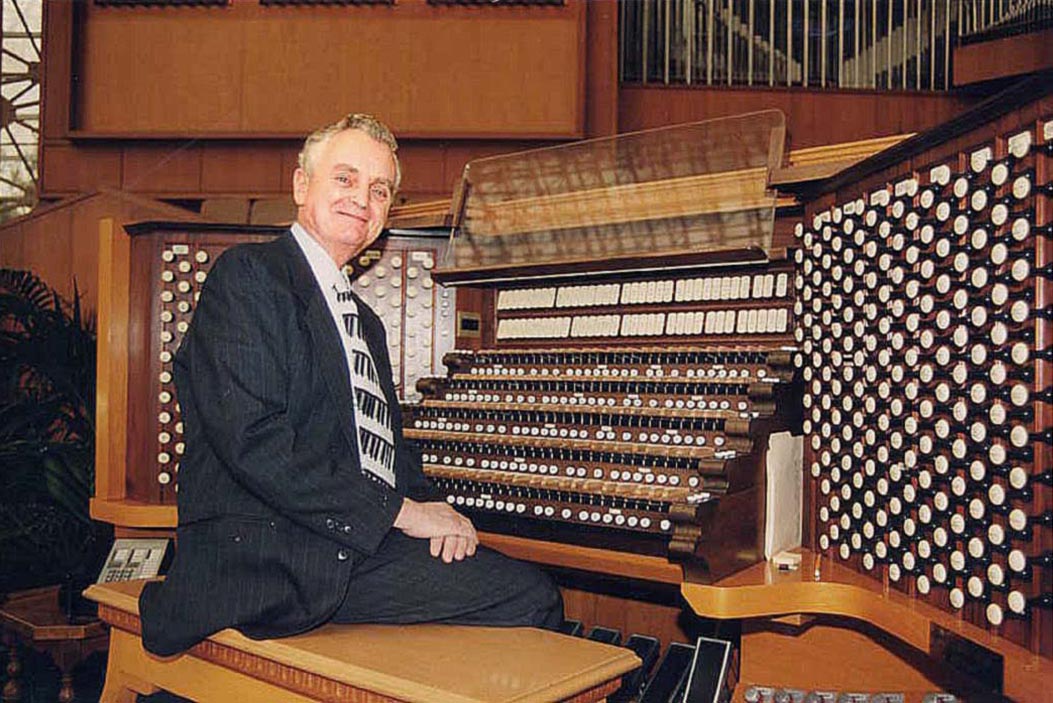How to transform your choir
and fill your stalls
with enthusiastic singers
16 TEACHING CHILDREN TO SIGHT-SING
IS SO EASY!
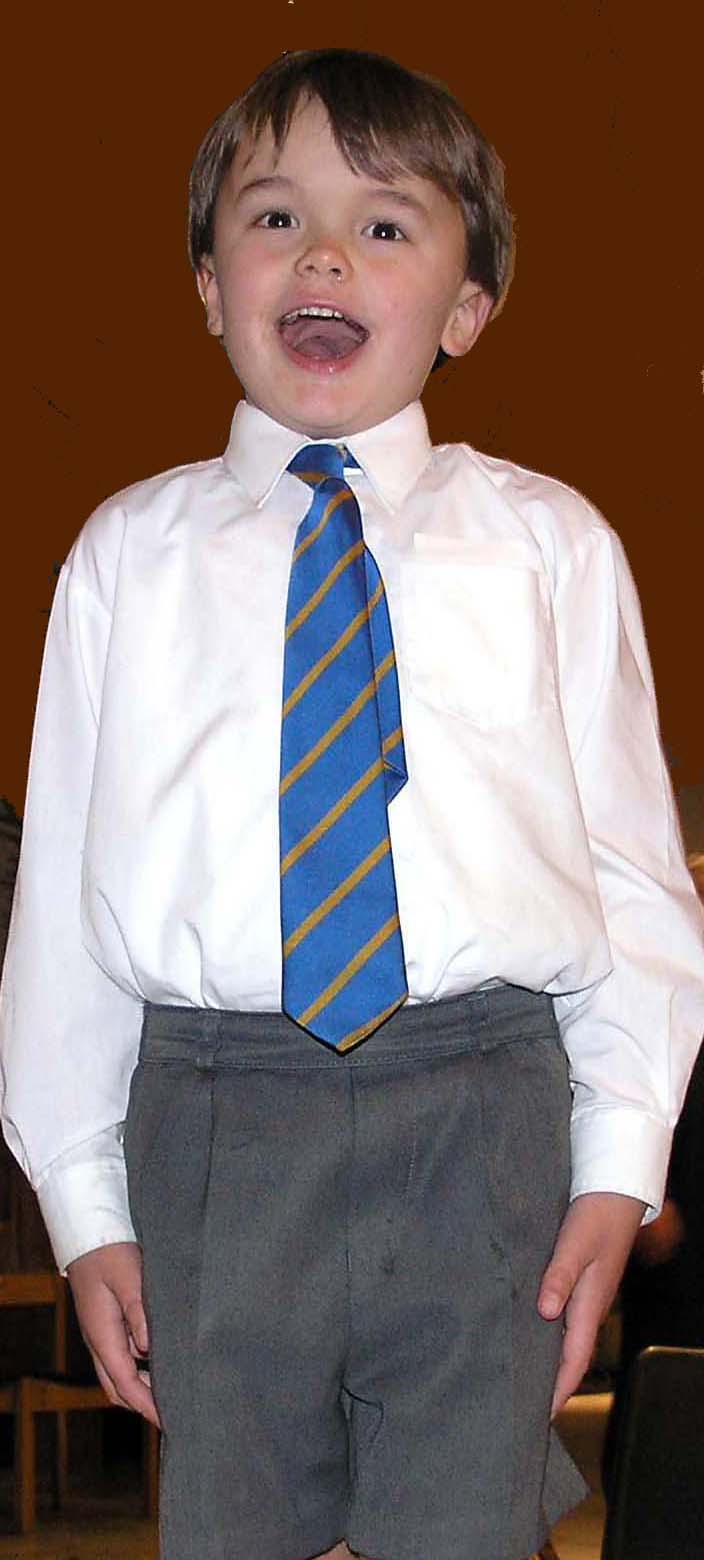
by Dr John Bertalot
Organist Emeritus, St. Matthew's Church, Northampton
Cathedral Organist Emeritus, Blackburn Cathedral
Director of Music Emeritus, Trinity Episcopal Church, Princeton, NJ, USA
Teaching children to read music – No. 2 Pitch
In my previous article I showed how simple it is to teach young children to clap rhythm at first sight. I did this with a class of 7 to 9 year olds, watched by their teachers, when I visited a school in South Africa. This second article is a reconstruction of how I taught them to recognise pitch and combine it with rhythm so that they could begin to read music.
Pitch
“Who can tell me how many lines we need to be able to write music?” Several children put up their hands. “Yes, Andrew; five! Let’s count them as I write.” I quickly drew a stave on the whiteboard as the children counted “One – two – three – four – five”.
When you write on the board always give your children something to do or say, for your back is turned to them.
“Now who can tell me what this is called?” I asked, as I wrote a treble clef on the stave.
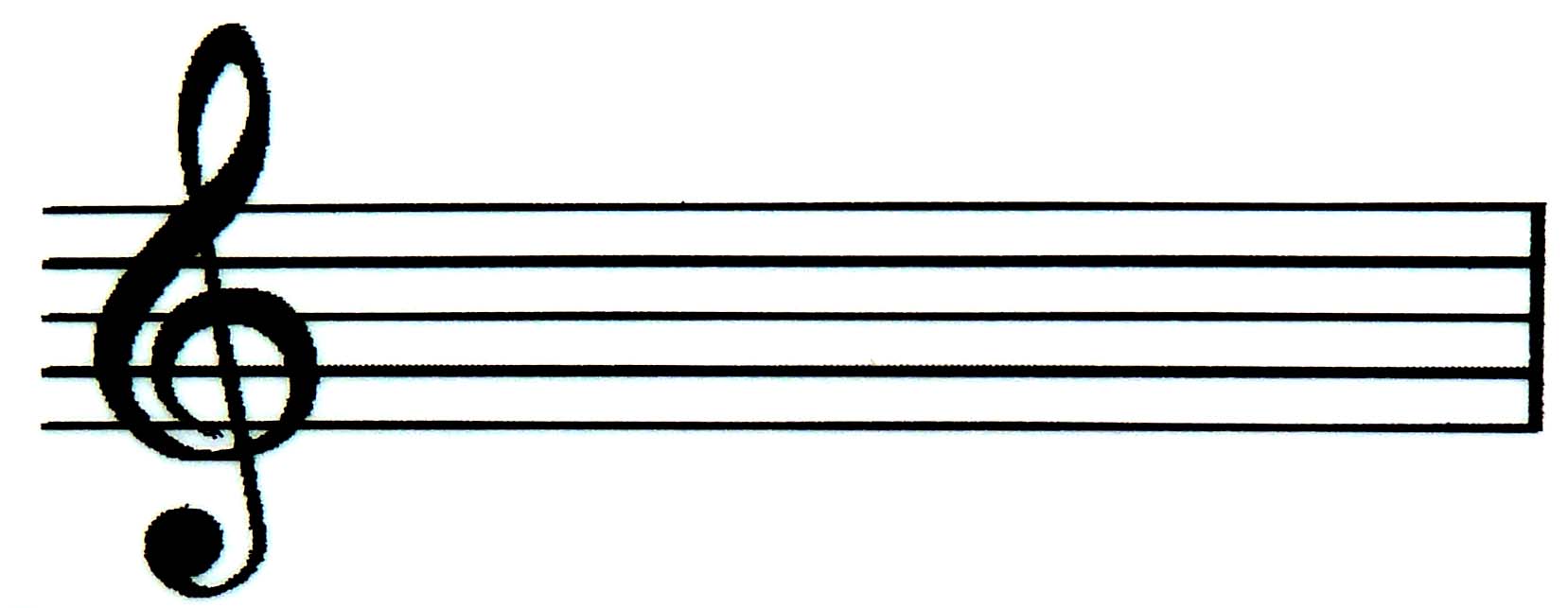
“Yes, Wendy: a G-clef. Why is it called a G-clef?” There was no answer. “Who can tell me what this word is?” I wrote the word ‘Good’ with a curly capital G. Good.
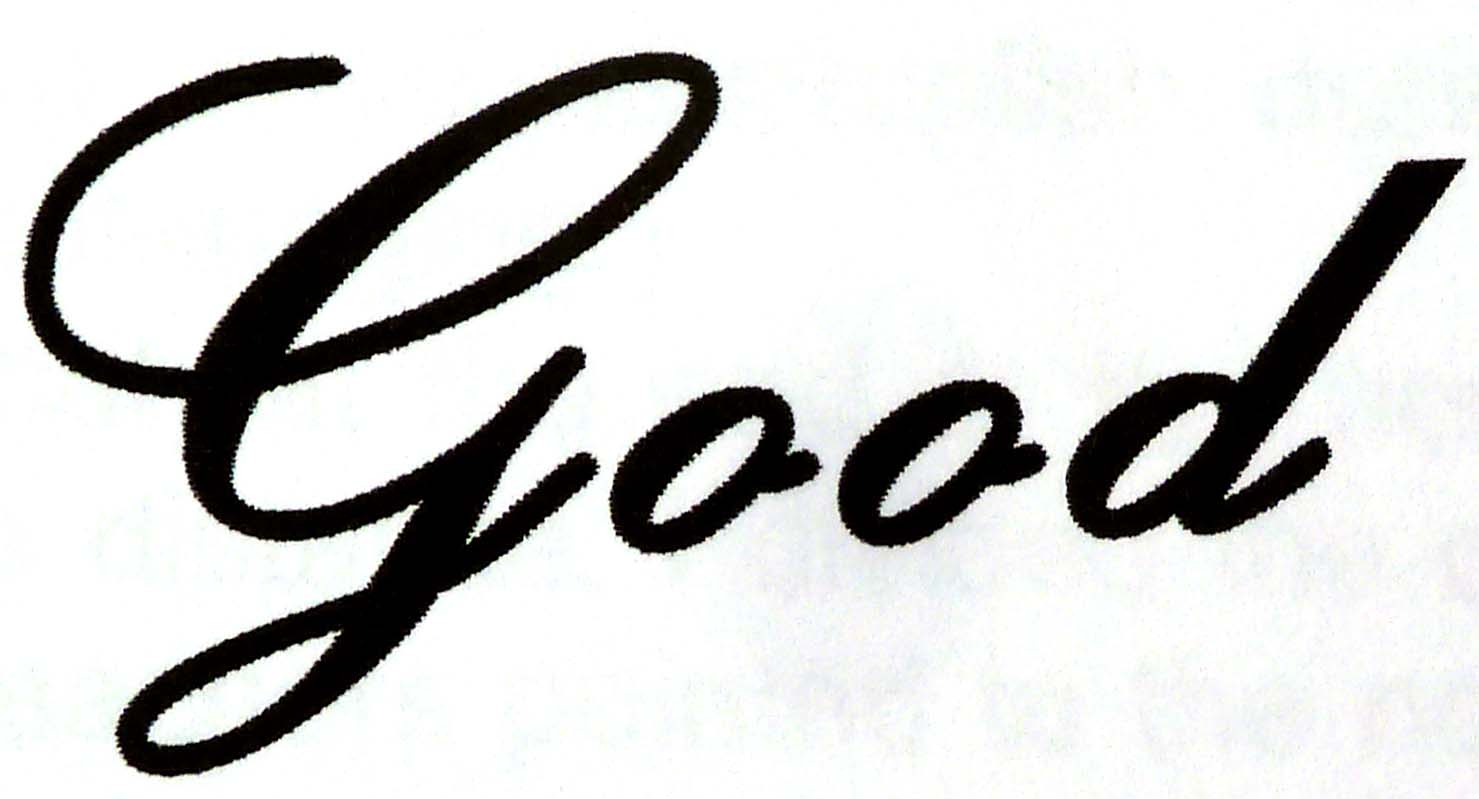 “Yes, it’s ‘Good’. Can you see that the G-clef really is a very curly letter G? And the curliest bit goes round this line, telling us that it’s G.” I pointed to the G line. The children nodded their heads.
“Yes, it’s ‘Good’. Can you see that the G-clef really is a very curly letter G? And the curliest bit goes round this line, telling us that it’s G.” I pointed to the G line. The children nodded their heads.
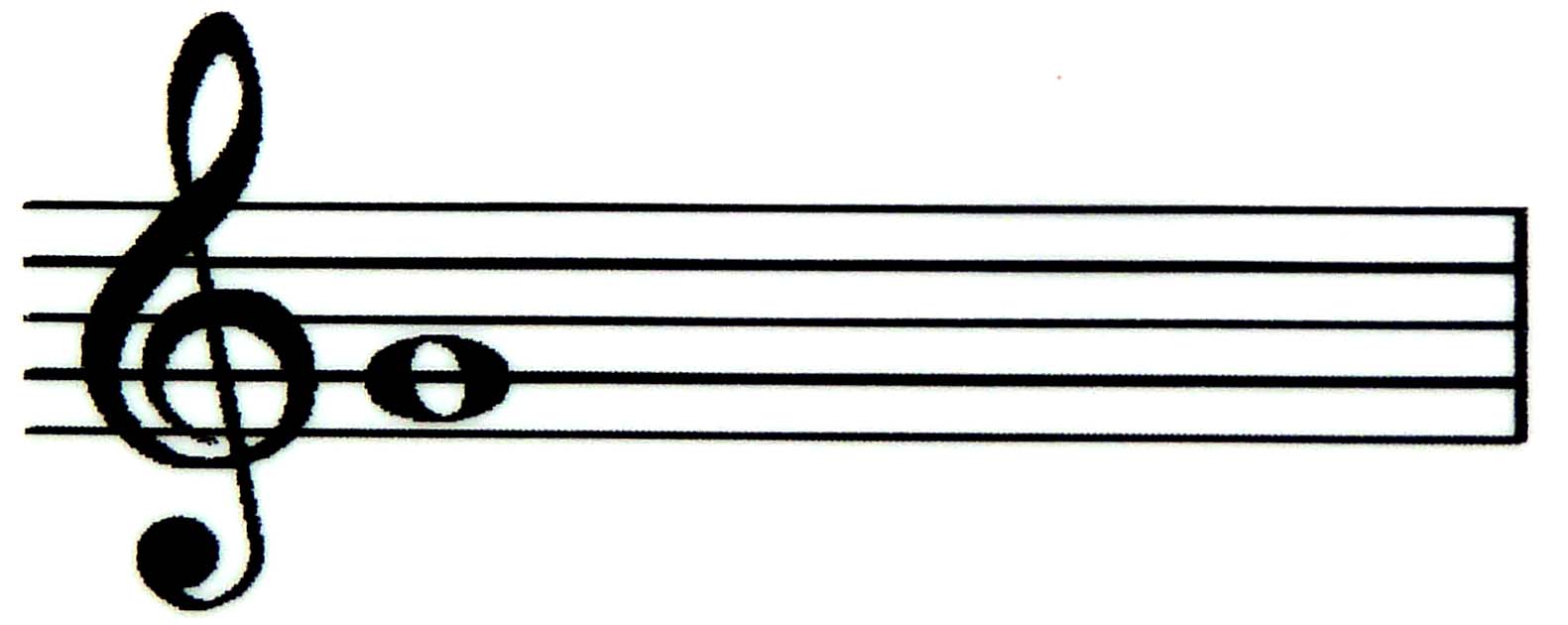
“And so,” I continued as I wrote a semibreve G on the stave, “every note on that line is a G. Let’s sing it.” I played a G on the piano and the children sang the note.
Remember, always make your teaching of theory immediately practical.
“What kind of note is it? Is it a minim or a semibreve? Yes, Tim, it’s a semibreve. And how many beats are there in a semibreve?” The children shouted out “Four!”
You’ll recognise the two principals which governed my last two questions:
(i) Focus the children’s attention on what it is you want them to think about: Is it ‘a’ or is it ‘b’. And
(ii) re-enforce the teaching that you’ve already given by continuing to ask questions, for it takes time and repetition for new information to sink in.
“So let’s sing that G for four beats to a clear ‘Lah’. One-two-ready-go!” And they did, as I pointed to the G rhythmically with four jabs of my finger. One-two-three-four-off!
“You know that tunes can go up and they can go down.” I played five notes going up, G to D, and then going down, D to G. (The children needed a bit of information before I went on to the next stage – but not too much so that they would have to think before they answered my next questions.)
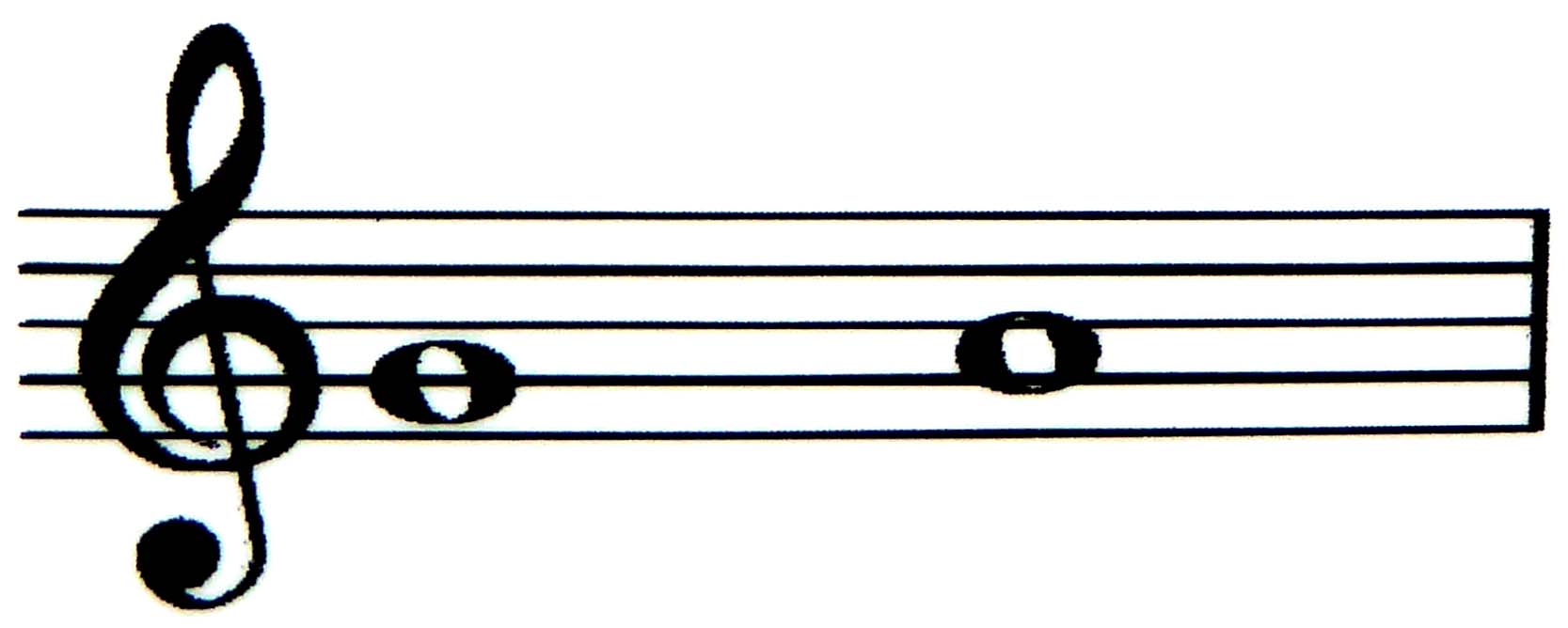
I wrote a semibreve A and asked, “Is this note going up or is it going down from the G? Yes, Rebecca, it’s going up. And who knows what it’s called, for it’s not another G?” James gave the correct answer.
I looked at the children intently as I challenged them again. “So let’s sing the G for four beats and then the A for four beats to a very clear ‘Lah’”.
Notice that I didn’t give them the note on the piano again, for most of them would have remembered what a G sounded like. Children respond to a challenge, but they quickly get bored if you spoon-feed them. Alas, some choirmasters would even play the tune on the piano that they ask their children to sight-sing: ‘One can’t expect much from children!’ That attitude is self-fulfilling. The more you expect the more you’ll achieve. That’s self-fulfilling too!
It’s essential that the children should be encouraged to work out the ‘next note’ for themselves. That’s the essence of sight-singing. If it’s played for them they will immediately imitate it, but that is not sight-singing.
“One-two-ready-go!” I jabbed the G four times and then the A – and most of them did sing the correct pitch. Now that is sight-singing, for they had to imagine what the A sounded like before they sang it! Remember that I’d played notes going up and going down, so they had to make a judgment call.

I presented the notes B, C and D in a similar manner, one at a time, and the children sang them to an ever-rising scale, always starting on G. And then they sang the notes from D down to G, as I wrote them on the board, one at a time. And to ensure that the children really could pitch notes going up and going down we then sang all ten notes a couple of times, G to D, D to G.
Combining pitch and rhythm
The remaining challenge in the last fifteen minutes of my hour-long session was to enable the children to sight-sing a very simple melody. They succeeded because I always gave them one clear challenge at a time.
I smiled at the children and looked at them very intently. “Now you’ll know that people who invent tunes are called composers. So let us be composers and make up our own tune.”
I quickly erased the ten notes I’d written during the last few minutes and wrote a fresh stave as the children counted the lines up to five again. “And what’s this sign called?” “A G-clef!” they shouted. “So what note shall we begin our tune on?” “G!” they shouted again. (I’d intended that that should be the first note – I’d steered them to the note I wanted, like a conjurer when he’d say, “Take a card!”)
“And what shall we make the first note, a crotchet or a minim?” (I hoped that most of them would choose a crotchet; they did!) I wrote the first note. “Shall we have two G’s or just one?” “Two!” came the answer. (It was going well!)
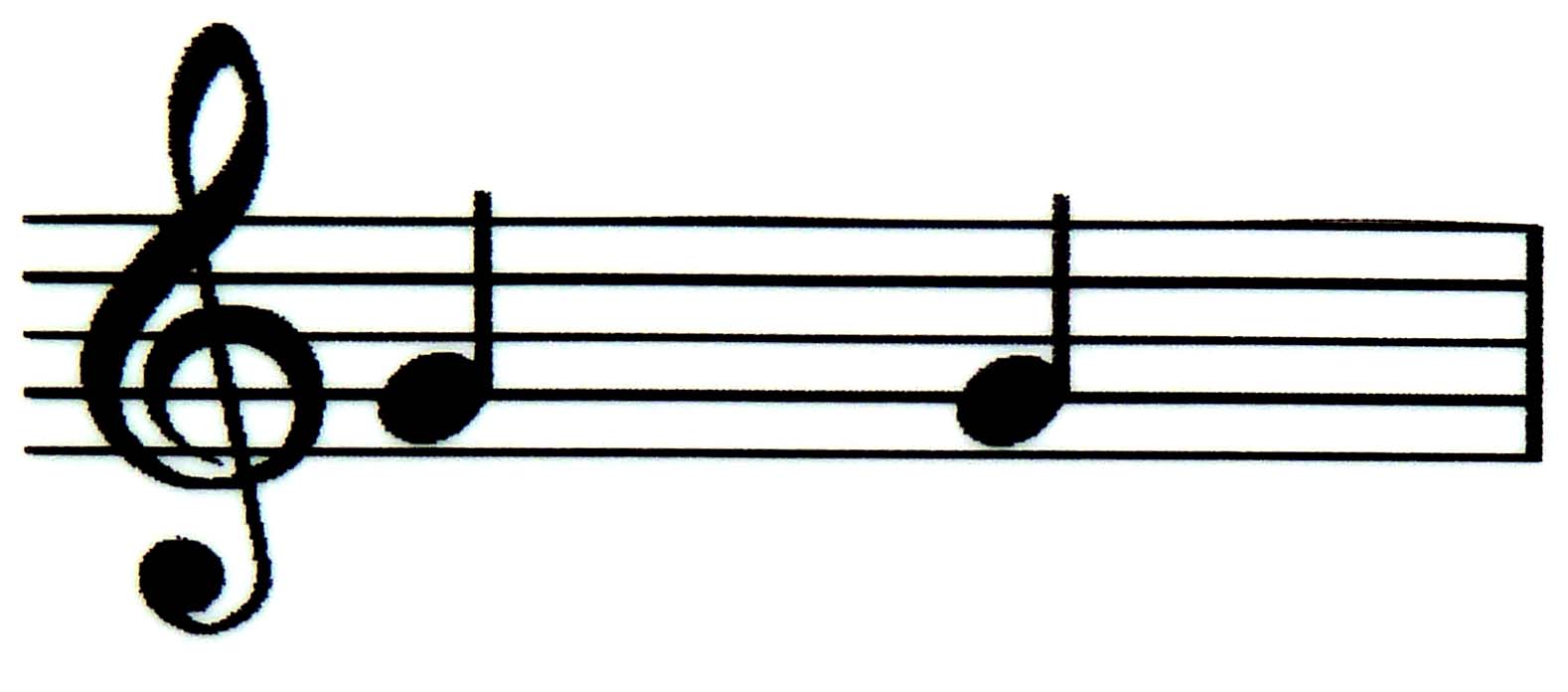
One very intelligent boy put up his hand and said, “So as well as notes going up and going down, they can also stay the same!” “Well done, Ivor! You’re quite right. Let’s clap the rhythm of those two G’s as I point to them. One, two, ready, go!” And I pointed to them with two jabs of my finger. Clap-clap. “Good! Let’s do it again, really together.”
It’s always a good idea to get your children, or your adults, to sing something again once they’ve got it right, for they can always do it better. That’s how to raise standards.
“Let’s sing those two G’s to ‘Lah’.” I gave them the first note and also played the chord of G major. The children were combining both pitch and rhythm for the first time, so this was a real challenge.
Some children sang an A for the second note instead of a G, because they’d been accustomed to doing this at the start of this session. This had to be corrected immediately otherwise they’d never get it right. “Sing that first note for me.” And I pointed to the G. “Now sing it again. Let’s do it twice more. Is the second note the same as the first?” “Yes!” “So let’s pretend we’re singing that first note twice, as you’ve just done, while I point to the first note and then to the second.” We had to do this several times before it was wholly secure.
Children quickly sense if ‘nearly right’ is the standard you’re aiming for, and they’ll lose heart.
“Now what shall the next note be? Shall we go up or down? Shall we have some more crotchets?” In due course we had two crotchet A’s, and so the new challenge was to sing those first four notes as I pointed to them.

And this was the tune the children eventually composed, and which they sang to ‘Lah’ as I pointed to the notes rhythmically:

You’ll notice that I didn’t write a sharp before the F – the children sang the sharp naturally [sic] as the tonality of the tune was G major. Sharps come under the heading of ‘advanced’ sight-singing! Similarly we did not tackle the pitching of intervals or the clapping of rests. But I did introduce the concept of bar-lines – to make the music easier to see.
We managed to achieve so much in a short time because for many years I’d taught all the children in my choirs in the USA and UK to read music, and so I was able to sense how much these children could accomplish during each stage of the lesson. (See my two books on sight-singing.)
By the way, those children sang so well that, at the end of the hour, I had them singing their tune in canon at one bar’s distance! I divided the class into halves and rehearsed each half; one of the teachers pointed to the notes sung by one half of the class and I pointed to the notes sung by the other half. It was hilarious because the teacher and I got in each other’s way. But the children managed to do it, and they enjoyed every minute of that hour, for they’d achieved so much.
You could achieve similar results with your children. Spending five minutes at the start of every rehearsal to teach just one stage of the process which I’ve outlined will pay enormous dividends to you and to your children, especially if they put into practice during your rehearsal what they’ve just learned. You’ll find that learning new music becomes a joy to them and to you, and you’ll have given them a skill which will last them for the rest of their lives. Try it!
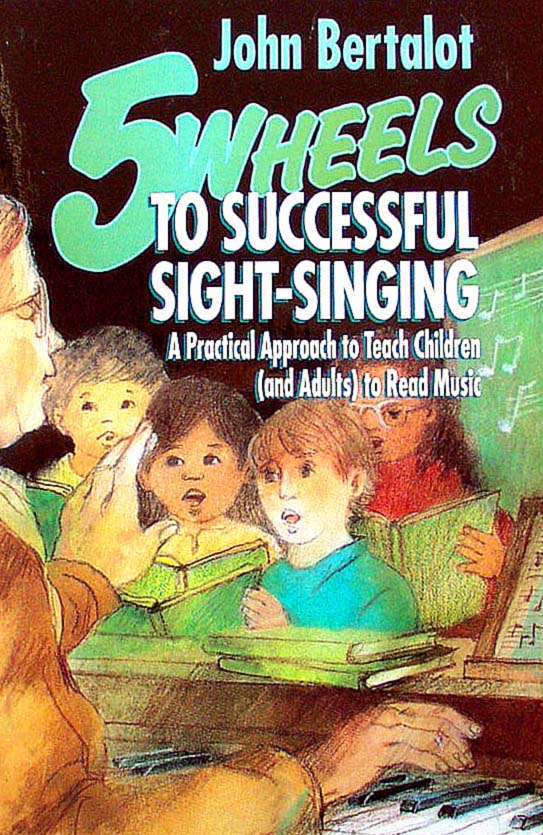
Available online, or from Amazon
© John Bertalot, Blackburn 2013

